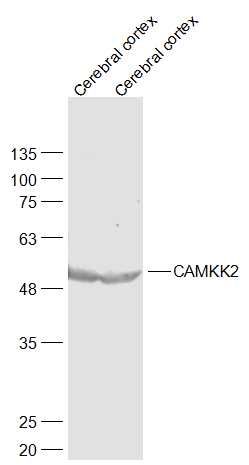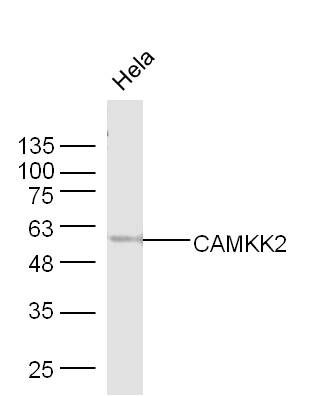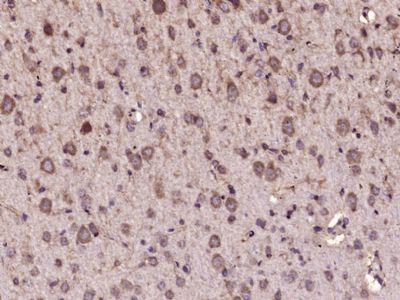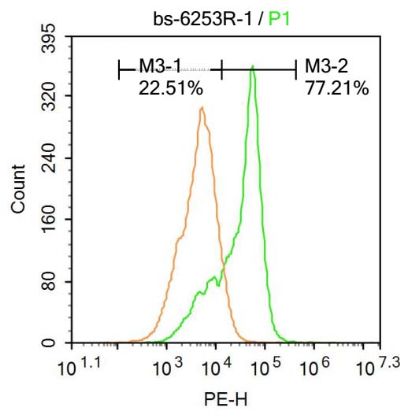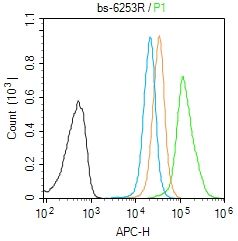[IF=3.85] Wang, Yandi, et al. "Regulation of steroid hormones and energy status with cysteamine and its effect on spermatogenesis." Toxicology and Applied Pharmacology 313 (2016): 149-158. WB ; Sheep.
[IF=1.832] Yao C et al. Data Mining and Validation of AMPK Pathway as a Novel Candidate Role Affecting Intramuscular Fat Content in Pigs. Animals (Basel). 2019 Apr 1;9(4). pii: E137. WB ; Pig.
[IF=3.352] Zuodong Chen. et al. Oxidative stress induced by hydrogen peroxide promotes glycolysis by activating CaMKK/LKB1/AMPK pathway in broiler breast muscle. Poultry Sci. 2021 Dec;:101681 WB ; Chicken.
[IF=4.831] Zhang Q et al. CTRP13 attenuates the expression of LN and CASLV1 Induced by high glucose via CaMKKβ/AMPK pathway in rLSECs. Aging (Albany NY). 2020 Jun 17;12(12):11485-11499. WB ; Rat.
[IF=2.299] Yang WR et al. Oxidative stress mediates heat-induced changes of tight junction proteins in porcine Sertoli cells via inhibiting CaMKKβ-AMPK pathway. Theriogenology. 2019 Sep 19;142:104-113. WB ; Piglet.
[IF=2.136] Yang WR et al. Role of AMPK in the expression of tight junction proteins in heat-treated porcine Sertoli cells. Theriogenology. 2018 Nov;121:42-52. WB ; piglet.
[IF=2.136] Yang WR et al. Role of AMPK in the expression of tight junction proteins in heat-treated porcine Sertoli cells. Theriogenology. 2018 Nov;121:42-52. WB ; piglet.
[IF=4.2] Zhang, Weidong, et al. "Decrease in male mouse fertility by hydrogen sulfide and/or ammonia can Be inheritable." Chemosphere (2017). IHSLCP ; Mouse.
[IF=5.23] Zhao, Yong, et al. "Hydrogen Sulfide and/or Ammonia Reduces Spermatozoa Motility through AMPK/AKT Related Pathways." Scientific Reports 6 (2016): 37884. WB ; Pig.
